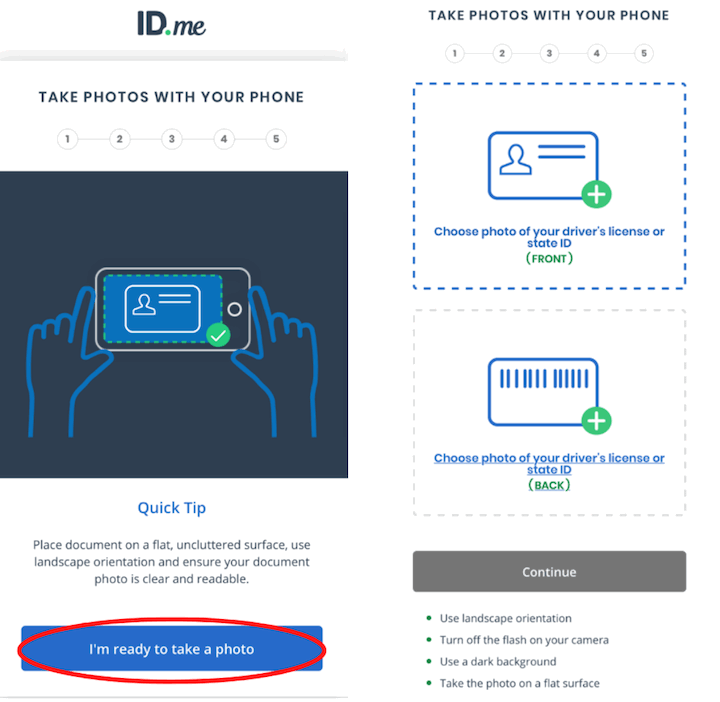The next step of my “hardening” against identity theft was to obtain an Identity Protection PIN (IP PIN) from the IRS. The common scam here is that someone with your name, address, and Social Security Number will file a tax return before you do, and then steal the resulting tax refund for themselves. In 2022, over 228,000 taxpayers filed IRS Form 14039, Identity Theft Affidavit, which asserts “I know or suspect that someone used my information to fraudulently file a federal tax return”.
Once you opt-in to the IP PIN program, the IRS will not accept any tax return filed during the current calendar year (even for prior years) without this unique six-digit number. Every calendar year, you’ll get assigned a new IP PIN. So I’ll need to get another one in January 2025, but getting one now will still prevent anyone from filing a fraudulent amended 2024 return during the rest of 2024.

As with setting up credit freezes, this process was also a lot easier than in the past. Well, hopefully. To do it completely online, you’ll need an ID.me account, which is a third-party provider that the IRS trusts to verify your identity. From their page:
You can use either a self-service process that requires a photo of a government ID and selfie, or a live call with an ID.me video chat agent that doesn’t require biometric data.
I had already set up an ID.me account for another purpose years ago, but I do remember that the selfie method worked eventually for me but my wife had to go for the live video chat method. I’ve also had to deal with problems with rejected ID photos, too much glare, software crashes, etc.
If you forget your PIN, you can always sign back into your IRS.gov account and view it again under your Profile. This is another reason to take extra care with your ID.me/IRS.gov passwords and MFA methods. ID.me lets you set up a TOTP Authenticator app for MFA. Also set a reminder to use it when you eventually file taxes, so your return doesn’t get rejected.
More information at the IRS IP PIN FAQ page (that’s a lot of acronyms!).



